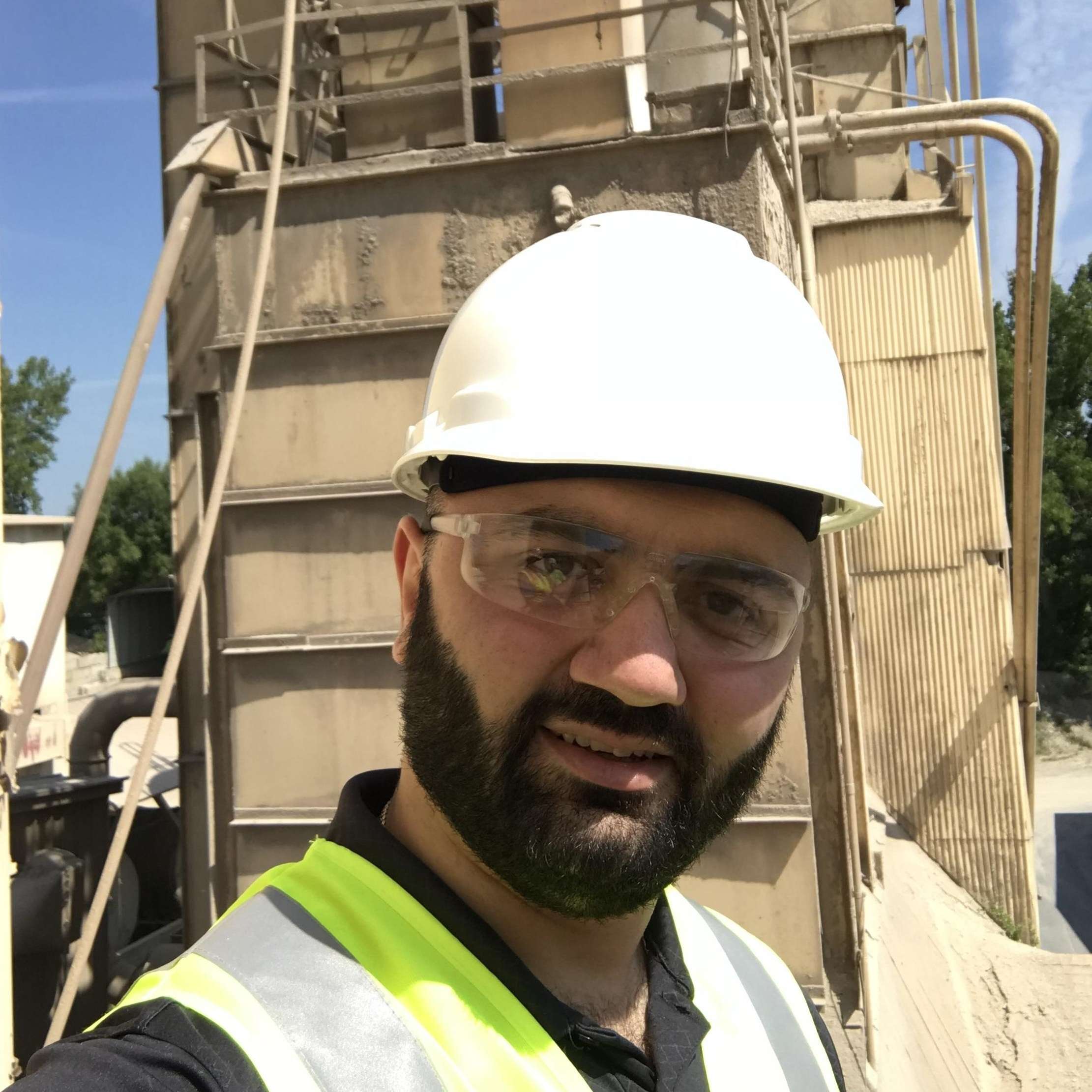What is the Difference between Ball Screws and Lead Screws?

Image source https://www.thomsonlinear.com
Both ball and lead screws are mechanical linear actuators and can be used in similar situations. Ball screws get their name from the ball bearings that minimize friction and optimize efficiency, and Lead screws use sliding surfaces for high friction. Each project engineer needs to consider the back drive, backlash, thrust, speed, lead accuracy, and efficiency of both types of screws required for the mechanism. None of them is interchangeable, and there’s always a trade-off between precision, rigidity, and load capacity. The main distinctions of screws include:
Applications
Choosing a lead screw or a bolt screw is entirely up to the application.
- Lead screws are applied in OEM applications where a solution is required that is ‘’just right’’. Lead screws can provide the performance needed for the appropriate applications. The ability of ball screws to carry much higher loads and acquire faster speeds with continuous duty cycles can be well worth their added cost.
- Ball screws provide the best choice for fast integration and reliability. For instance, factory automation depends on ball screw technology. Of course, there are many OEM applications where a ball screw is required, such as in the machine tool industry. For OEMs, performance & cost, not analytical predictability, ultimately dictate the technology.
Surfaces
The other key difference between ball and lead screws is how the load is carried between the moving surfaces. A ball screw uses recirculating ball bearings to minimize friction and maximize efficiency, while a lead screw depends on low friction factors between sliding surfaces. Therefore, the lead screw typically cannot achieve the efficiency of a ball screw (~90%). A quick review of tribology (study of wear and friction) concludes that sliding friction is inherently less predictable than power transmission utilizing recirculating ball technology. The fatigue life equations are fairly reliable within their range of applicability. Thus, there is a fundamental difference between applying a ball screw and a lead screw due to the ability to predict performance and life.
Cost
With all the advantages of a ball screw, the user should pay a high price. The ball screw design is more complex despite its high cost, requiring hardened precision bearing surfaces and a ball recirculation mechanism. On the other hand, a lead screw is very compact, offers great design flexibility, is quiet when properly applied, is generally corrosion-resistant, and can be made to self-lock for vertical applications. They are competent in many applications, but they also have their limitations.
Precision-Ball-Screws-and-Lead-Screws
Feel free to Contact Us if you have any questions or need more information regarding the ball screws and lead screws.
HVH Industrial Solutions is an authorized distributor of Thomson. We work closely with their engineering team to provide superior customer service and engineering support.

Vladimir Harutyunyan
Vladimir Harutyunyan is the founder of HVH Industrial. He has masters degree in mechanical engineering and over 10 years of experience in mechanical power transmission field.
Feel free to connect with Vlad on Linkedin: https://www.linkedin.com/in/vladharut

Vladimir Harutyunyan
Vladimir Harutyunyan is the founder of HVH Industrial ...
Feel free to connect with Vlad on Linkedin: https://www.linkedin.com/in/vladharut


